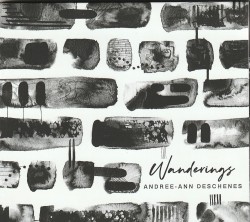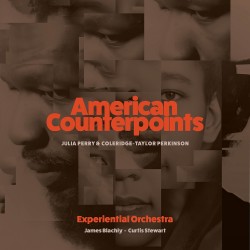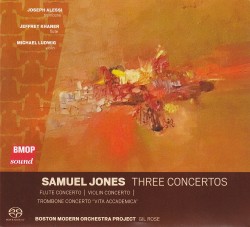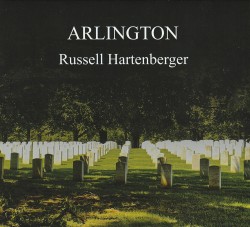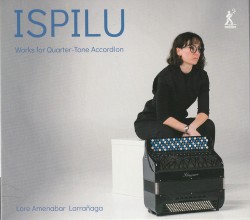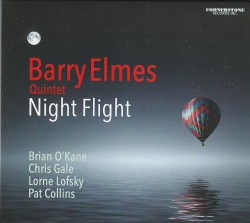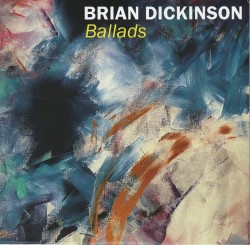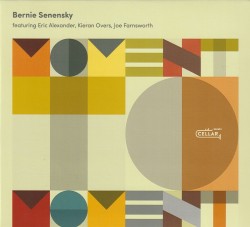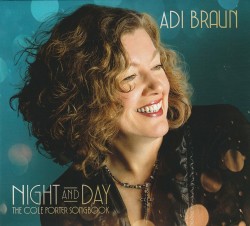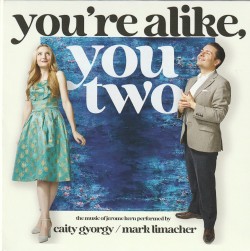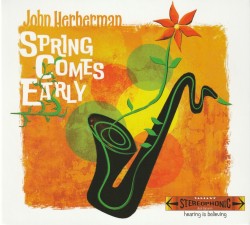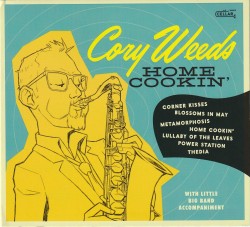Problematica - India Gailey
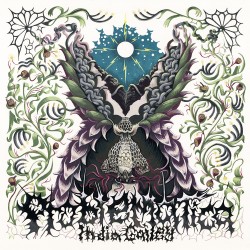 Problematica
Problematica
India Gailey
People Places Records (peopleplacesrecords.bandcamp.com/album/problematica)
As a huge fan of cellist India Gailey’s first album, I was lucky to be in town for the launch of her latest release Problematica (“…used for organisms whose classification can’t be decided”) at the Canadian Music Centre. I was pleasantly surprised to see that even the most heavily multi-tracked or added effects were performed solo with laptop at hand. The final product is just as polished live as it is on the album.
A more personal work than her previous album, Gailey gathers her closest collaborators to surround herself with a musical and spiritual base which she uses to launch herself into a plural universe. Beginning with Sarah Rossy’s I Long, gorgeous ethereal, long tones expand into harmonies and voice, growing and evolving into a beautiful vocal space-out before returning to Earth, deeply grounded in self.
Nicole Lizée’s Grotesquerie employs foot stomps, loops, vocals and breath to become, as described, “a four-minute opera” of an amusing story best read in the notes. (There is also a video on Gailey’s website.) The subtle opening of Julia Mermelstein’s Bending, breaking through layers strand upon strand of delayed and effected cello, sneaking out quietly to leave a wonderous after-vision. Joseph Glaser’s Joinery uses an interesting combination of soundwalks and nature, to culminate into a question posed to a cello made from a tree: “did it hurt?” Andrew Noseworthy’s supremely delicate Goml_v7….Final.wav is a testament to the collaborative partnerships Gailey continues to build. Fjóla Evans’ Universal Veil is exquisitely played, beautifully layered acoustic cello. The album closes with Thanya Iyer’s — Where I can be as big as the Sun, another opportunity for Gailey to circle back to her personal grounding. The whole album is coloured in textures, harmonies and vocals that continues Gailey’s path to be open and genuine.


